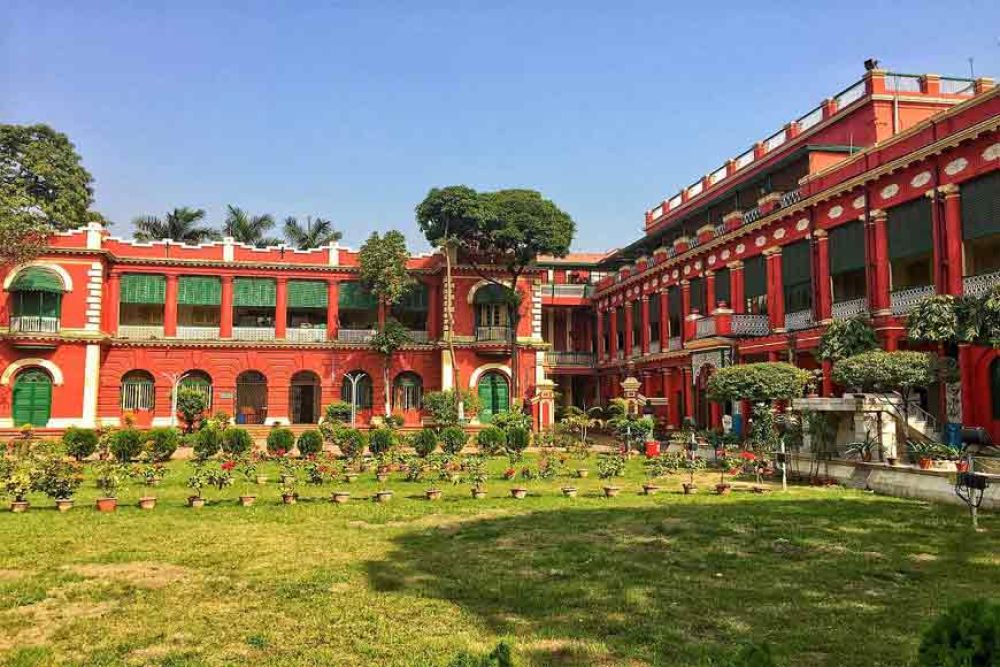

The Dakshinaranjan Saha House is a notable historical mansion located in Khulna, Bangladesh. This architectural marvel dates back to the early 20th century and stands as a testimony to the lavish lifestyles of the affluent landlords of Bengal during the British colonial era. Built by the prominent philanthropist and zamindar Dakshinaranjan Saha, the house is a blend of traditional Bengali and colonial architecture.
The tourism history of the Dakshinaranjon Saha House is not as extensive as some other historical sites in Bangladesh, mainly due to its relative obscurity and the private ownership of the property for a significant period. However, over the years, the house has started to gain recognition as a valuable part of the nation's cultural heritage.
Over time, efforts have been made by the Government of Bangladesh and local heritage organizations to preserve historical sites like the Dakshinaranjan Saha House, which has slowly started to draw more interest from both local and international tourists.
As tourism in Bangladesh continues to develop, Khulna has seen a gradual increase in visitors, thanks to its proximity to the Sundarbans — the largest mangrove forest in the world and a UNESCO World Heritage site. Though Dakshinaranjan Saha House isn't one of the most widely promoted attractions, it contributes to the area's historical and aesthetic appeal for those interested in architecture and history.
Eco-tourism is the latest trend in the region, with travelers seeking experiences in the Sundarbans and other natural attractions. Sustainable travel practices are being encouraged, and there's a growing awareness of the environmental impact of tourism.
Moreover, cultural tourism is on the rise, with a surge of interest in exploring the history and heritage of Bangladesh. Cultural enthusiasts and history buffs are now including sites like Dakshinaranjan Saha House on their travel itineraries to get a glimpse of the country's rich past.
The future of tourism at the Dakshinaranjan Saha House looks promising as there is an increasing trend towards heritage conservation and cultural tourism. Efforts to preserve and promote the house can increase its visibility and accessibility to tourists. As awareness grows, it is likely that the house will become an integral part of the cultural tourism map in Khulna.